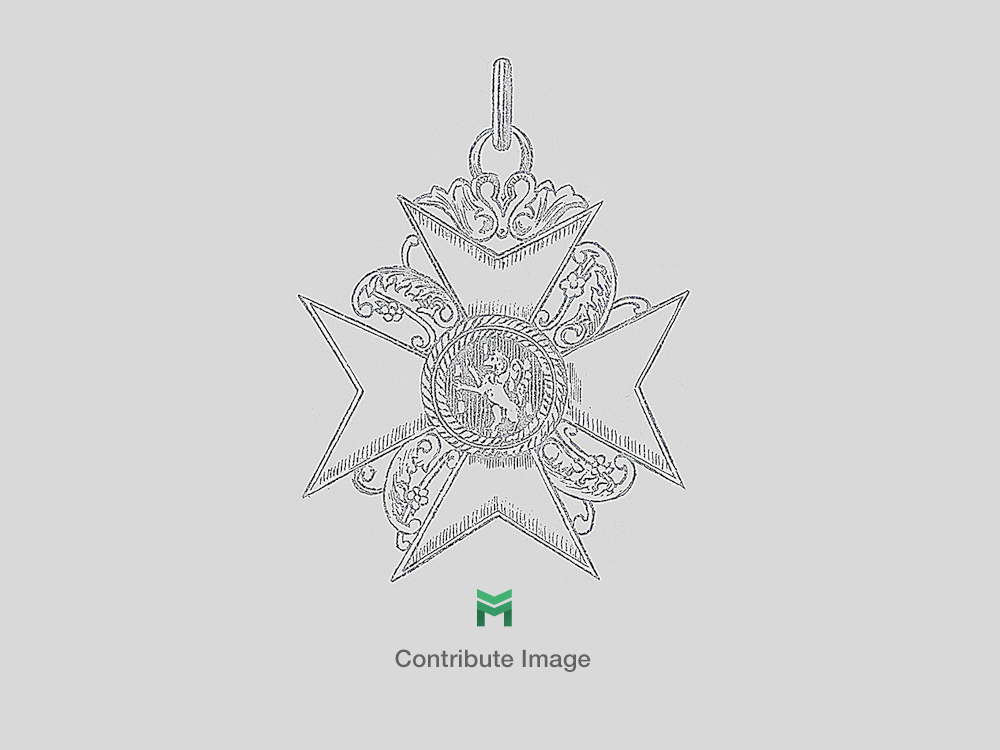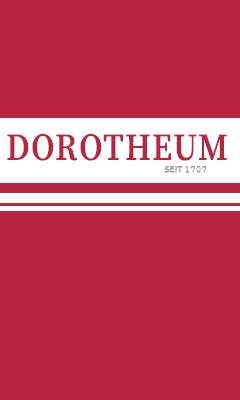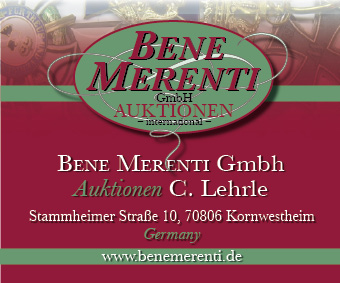Medal for Art and Science "VIRTUTI ET INGENIO", Type I, in Silver, Large
SKU: 02.SXK.0121.103.01
Estimated market value:

Estimated market value:
Attributes
Physical Description
A smooth circular medal with a raised edge, constructed of silver. The obverse features the right-facing head of Prince-Elector Friedrich August with the circular inscription ‘FRIDERICUS AUGUSTUS ELECTOR SAXONIAE’. The reverse features left-facing Pallas Athena, wearing a helmet, sitting on a rock, and holding a laurel wreath in her right hand, with the semi-circular inscription ‘VIRTUTI ET INGENIO’ (‘for virtue and mind’) at the top.
History
Known as the Medaille für Wissenschaft und Kunst “Virtuti et Ingenio”, the Medal for Art and Science was established in 1805. It was awarded for services to the arts and science in a large and small medal composed of silver or gold.
Originally, the medals were intended for general service, however, by 1810 they were increasingly awarded for arts and sciences. From 1806 to 1854, the medals were in the hands of the royal treasury. On August 24, 1854, the ministry of the royal house took over.
The medals were provided from the civil list and were paid for by a fund from the state treasury.
From 1872 onward, award decrees were issued for residents, and from 1877 onward, the medal could be worn on the ribbon of the Albert Order. From 1880 onward, the awards were published. To upgrade an award, the medal could be worn on the commander ribbon of the Order of Merit or the Albert Order, if this was expressly approved by the king himself. In order to identify that these medals were not associated with the orders directly, a dark green ribbon was introduced in February 1914. However, it was replaced by a light green ribbon in 1915, so no confusion with the medal “For Loyalty in Work” was created.
In 1910, the medals for Art and Science were forbidden to be awarded by the chancellery due to the lack of precious medals. The reproduction and wearing of the medals in base metals was not permitted.
The “Bene Merentibus” medal, which had existed from 1808 in large and small medals of silver and gold, came under the “Virtuti et Ingenio” medal. However, the gradation was not always taken into account.
There have been no major awards conferred since 1902. In 1913, the chancellery determined that when someone was awarded with a high ranking Virtuti et Ingenio medal, a previously awarded Bene Merentibus medal should be returned.
The inscription “Virtuti et Ingenio” translates to “For Virtue and Spirit”. The reverse presents Pallas Athene, the goddess of wisdom and the protector of art.
The Type I (1805-1807) medals feature the portrait of Elector Friedrich August.

Versions
$2,500 USD
Silver
Obv: FRIDERICUS AUGUSTUS ELECTOR SAXONIAE Rev: VIRTUTI ET INGENIO
48mm


Comments
Sign in to comment and reply.


Scroll Top